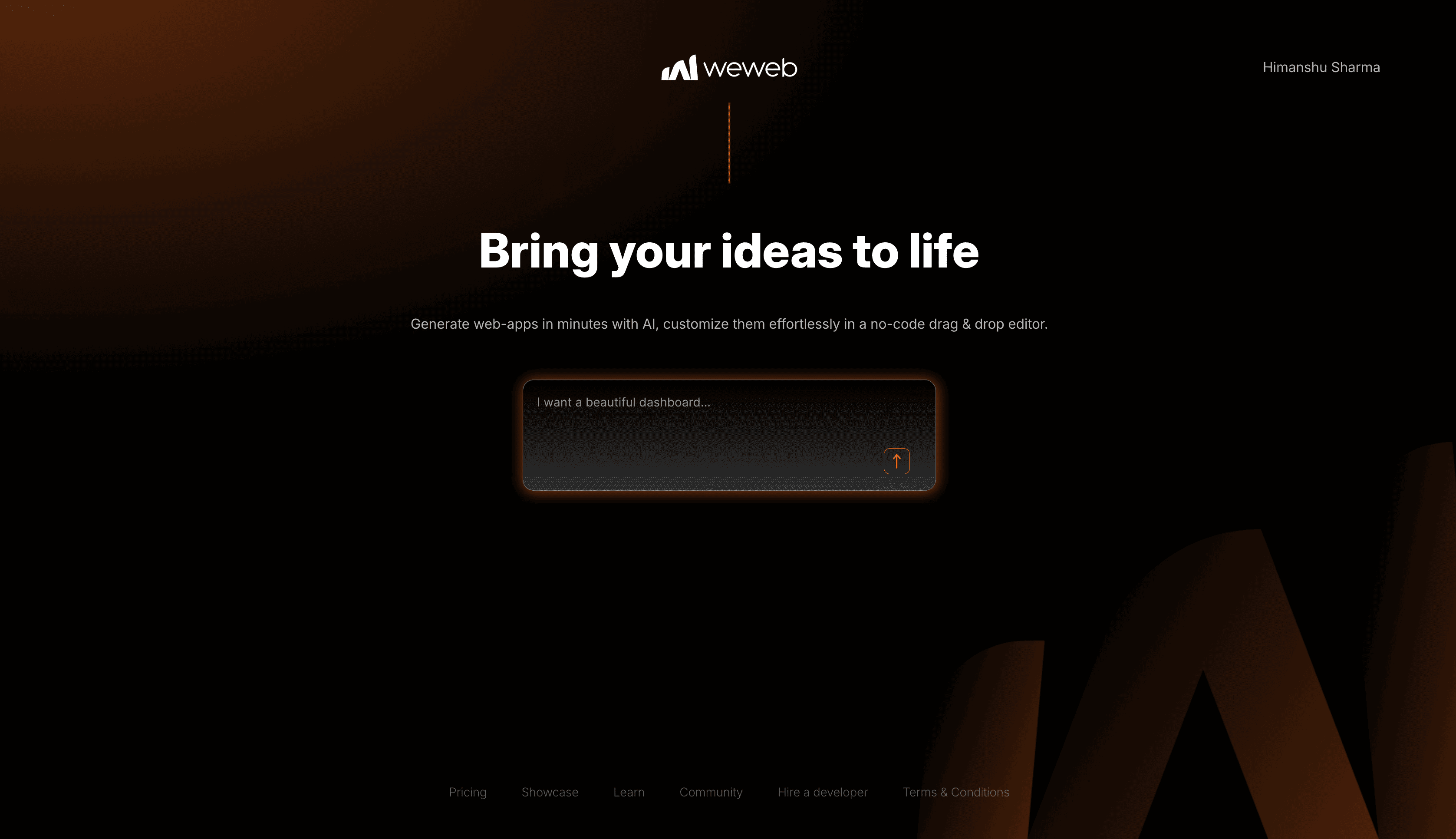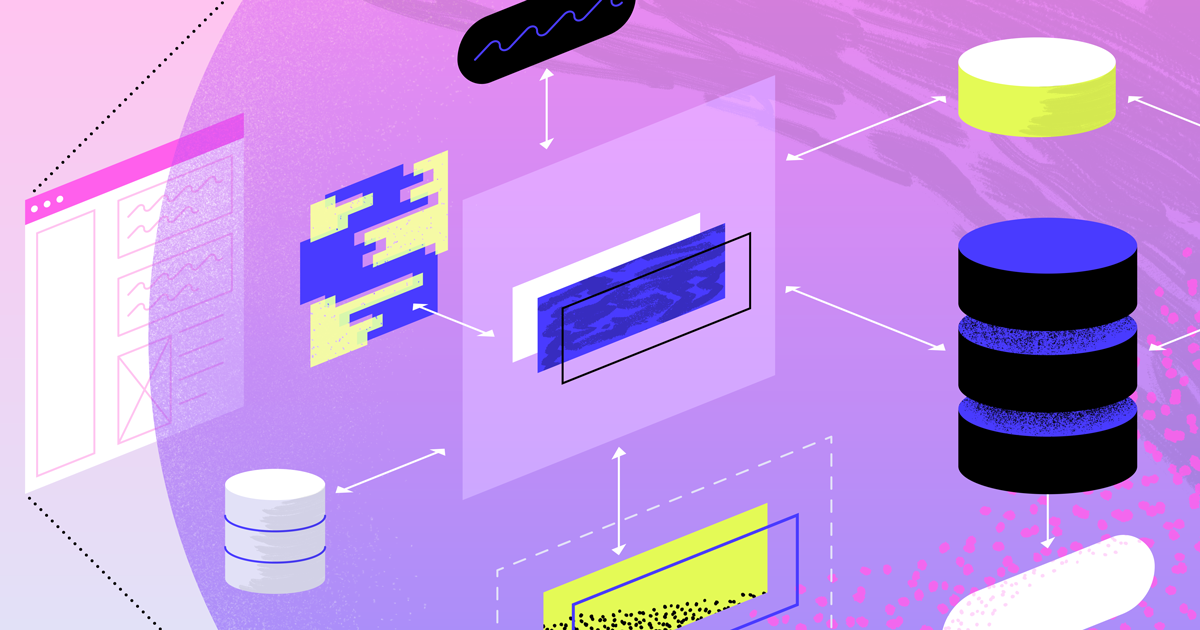WeWeb vs. Bubble – A Detailed Comparison [2025]

Low-code platforms allow developers and users to create software with a drag-and-drop interface. Compared to a no-code platform, they offer the flexibility of using custom code and provide a developer-friendly development experience.
To explain in a different way - low-code platforms let you build apps with some coding for extra flexibility, while no-code platforms let you create apps entirely with a visual, drag-and-drop interface (i.e. no coding required).
Most people would slot Bubble as a no-code platform. But this is a mistake.
Working with Bubble over the last seven years, I have found it to be a low-code platform. You can use Javascript and React components (with some modifications) and create custom plugins.
It is different from the restrictions imposed by no-code platforms.
For a long time, Bubble was the default choice for visual development. Enterprise visual development platforms like Mendix, Caspio, and UI Bakery focused on vastly different markets.
But Bubble has a strong contender in WeWeb, superior to Bubble in many places.
We've built software with Bubble for 7 years (Certified Bubble devs, official implementation partner agency, and the first Bubble agency out of India) and 2 years with WeWeb (official implementation partner agency and the first WeWeb agency out of India). We'll help you choose the right low-code platform.
What is Bubble?
Bubble was launched in 2013. It allows you to build full-stack web applications, which means you can create both the frontend and backend without writing code.
It also helps you manage databases so you can handle your app data easily.
What is WeWeb?
Launched in 2017, WeWeb is a frontend builder. It focuses on frontend design and makes it easy to create and manage the front end of your applications.
However, you need to integrate with an external backend like Xano or Supabase.
Core Comparison
Development approach
Traditionally, a company would hire backend and frontend developers separately. Bubble flips this logic on its head.
With Bubble, you need one experienced developer to handle both. This approach makes it difficult for beginners to grasp what Bubble can do.
WeWeb, on the other hand, is more understandable to newbies because of its decoupled approach. It also helps companies that don't want to rebuild or migrate their backend to a closed platform.
User Interface and Experience
Bubble is challenging to navigate compared to WeWeb, but this does not mean that Bubble's UI/UX team is lacking.
You must manage the frontend, backend and business logic within the editor to connect the two.
This tends to make it overwhelming for beginners, who often discover things months later only because the editor is complex.
With WeWeb, the editor is solely focused on the frontend. This makes it easier to learn.
Design and Customization
It is not surprising that WeWeb trumps Bubble in terms of frontend design. Their USP is making it easy to build frontends.
Coming to Bubble, they have made a lot of progress. A couple of years back, they upgraded their responsive engine (the app automatically adjusts its layout so it looks good on desktops, tablets, or phones), and towards the end of 2024, they launched a native mobile app builder.
These updates have made it easier compared to what I used to work in 2019. But there is still a lot they can improve.
Workflow and Logic
Every app has business logic or workflows — a series of steps that make your app function. In simple terms, it’s like a checklist that tells the app what to do when a button is clicked. And how to handle things when something unexpected happens.
In Bubble, you can build complex workflows, access your database, connect APIs, and do everything an application is supposed to do.
With WeWeb, you are supposed to do the heavy lifting on the back end. Sure, you can build frontend loops, create workflows and variables and handle exceptions, but the bulk of data manipulation and business logic is supposed to be handled in the backend.
This is no different from using Vue or React, where the backend will handle the bulk of workflows.
Related: Working with WeWeb and Supabase
Performance and Scalability
I may be biased, but I prefer WeWeb over Bubble when it comes to performance.
Bubble has its own way of doing things. As of 2025, loops, per-workflow exception handling, native JS escape hatch, branching and external auth are comparatively tricky or impossible in Bubble.
Integration
You may want to connect your app to other popular tools—like linking your calendar to your email—so they work smoothly together.
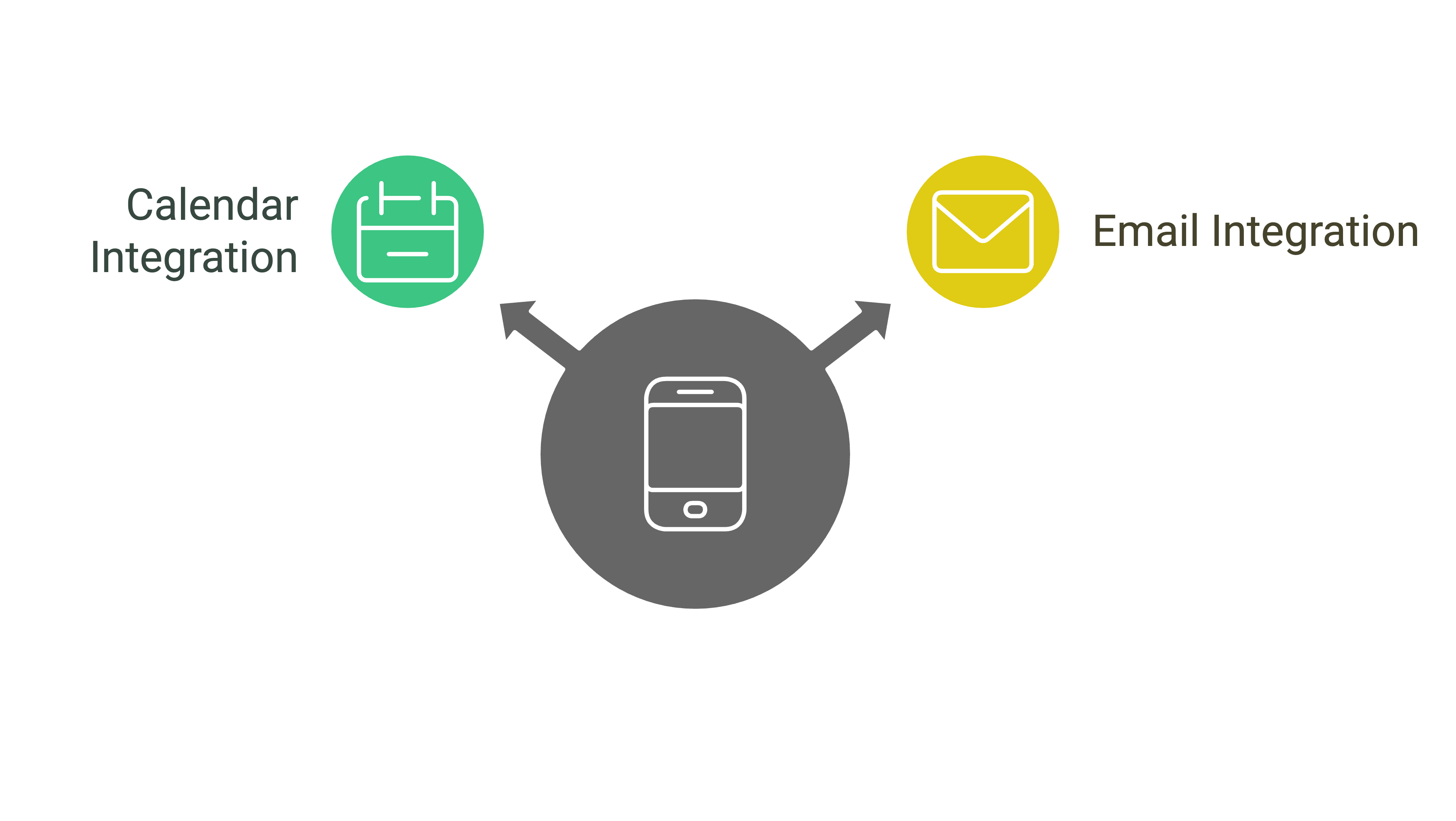
With Bubble and WeWeb, you can connect any third-party service you like.
The integration method may differ depending on your technical skills, but nearly every service offers API integration, so it won't be a problem.
Custom code
You many need a feature not offered natively by the platform. In such a case, you can rely on custom code.
With Bubble, importing a coded component directly isn't an option. You will need to develop a custom plugin to do this.
On the other hand, WeWeb provides a more flexible approach by allowing users to import any NPM package or coded components, especially those built with Vue, by making minor modifications to the existing code.
This makes it noticeably easier to work with WeWeb, as it aligns more closely with a traditional coding experience.
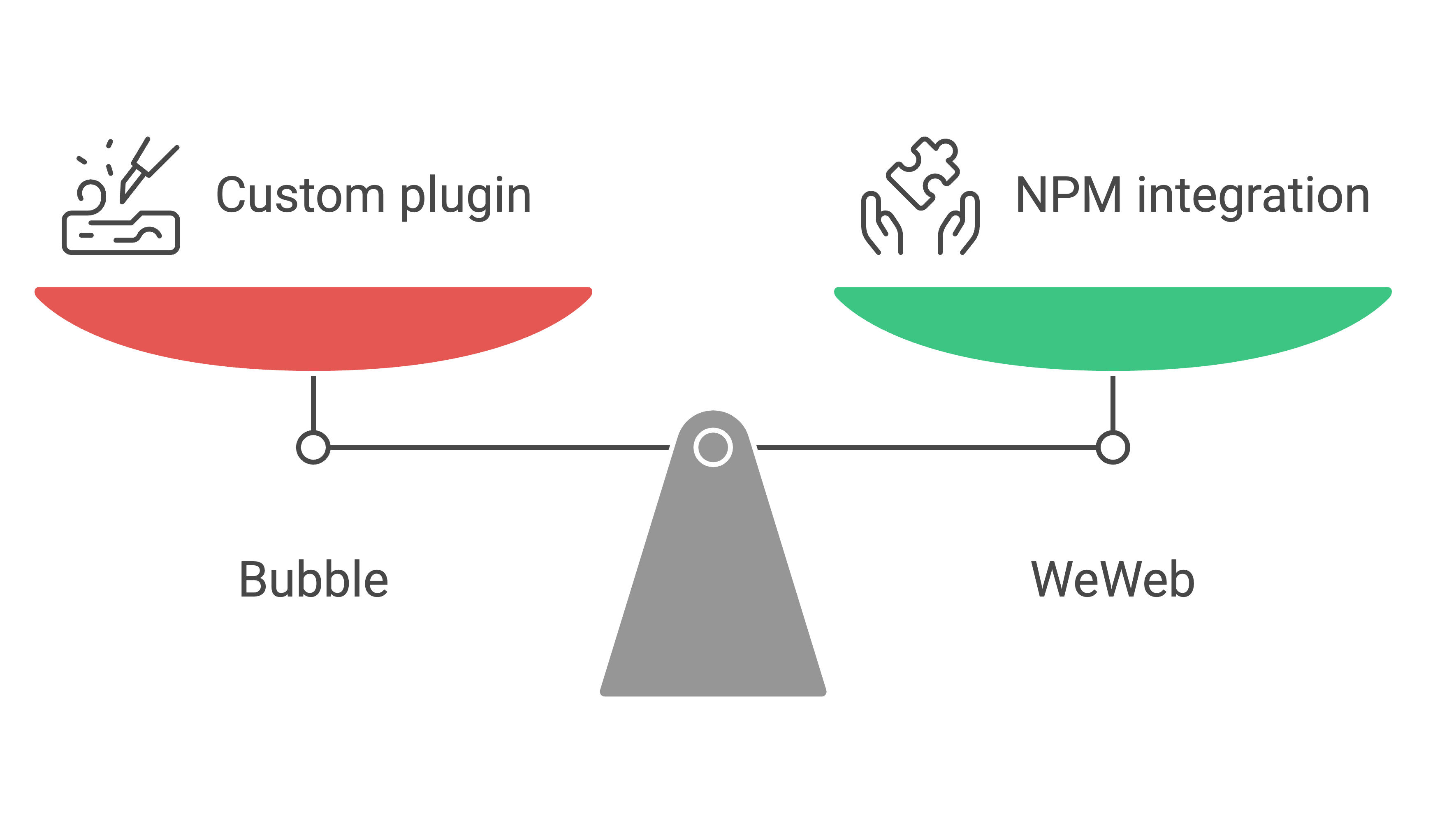
Community and Support
Bubble has a larger and more active community than WeWeb. The Bubble forum already answers most of your questions, and there are tons of YouTube videos and blogs (ours included) to help you.
WeWeb is newer and has a growing community, so you may need to create a new post. However, the upside is that WeWeb is active and will answer your questions.
Pricing
Bubble has various pricing tiers but has faced criticism over pricing transparency. Its pricing is tied to workload units, which seems fair on the surface as it's a pay-as-you-go plan, but it gets expensive when you build anything complex.
You may discover that Bubble applies a markup of up to 10 times on certain things that are standard in traditional coding but can be quite expensive to implement in Bubble.
The pricing change was one of the triggers which prompted us to look at other low-code solutions.
WeWeb, on the other hand, has simpler pricing tiers. Although it may look expensive, if you combine it with Xano, you will never be confused about what your plan will cost. And you don't need to worry about overages or unexpected charges.
Vendor lock-in
Vendor lock-in is like being trapped with one company.
Imagine you build your app using their platform. Later, you want to move to a different platform. But moving turns out to be very difficult. It costs too much money. It takes too much time. It's similar to being stuck in a phone contract. You want to switch to a better phone company. But leaving would cost you a lot of money.
In the 7 years I have worked with these tools, only a handful of companies have asked us about vendor lock-in and code export with low-code tools, but it's a concern nonetheless.
And yes, with Bubble, you have a vendor lock-in. If you wish to move away, you will need to rebuild everything from scratch.
With WeWeb, however, you can export everything and self-host it. Because WeWeb generates standard Vue code, any experienced developer can work with the exported code.
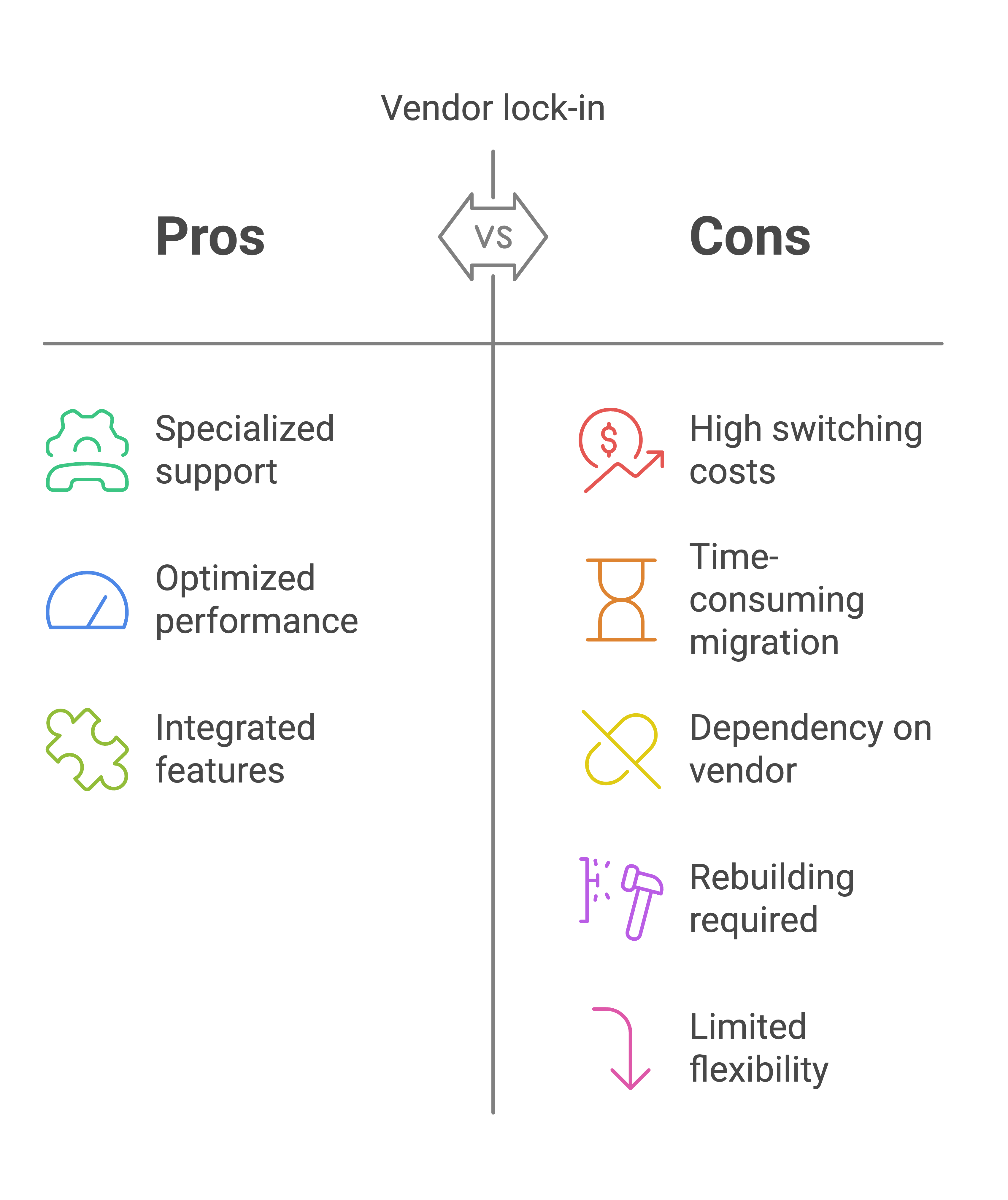
Pros and Cons
- Bubble
- Pros: Comprehensive all-in-one platform, extensive plugin ecosystem, strong community support.
- Cons: Steeper learning curve, less design flexibility, potential performance limitations for complex apps, vendor lock-in concerns.
- WeWeb
- Pros: High design flexibility, native support for custom code, transparent pricing, no vendor lock-in, optimized performance.
- Cons: It requires an external backend setup and a smaller community, and some advanced features may require technical knowledge.
When to use Bubble
Bubble is an all-in-one platform that lets you build web applications' front and back ends without coding.
Bubble is great for quickly launching MVPs because it has built-in tools for design, database management, and workflows. This makes Bubble ideal for non-technical users or small teams who need to get off the ground. But, Bubble doesn't allow code export, which means you're tied to their platform.
When to use WeWeb
WeWeb focuses on frontend development and requires connecting to an external backend like Xano or Supabase.
This setup offers more flexibility and control over performance and scalability. The UI builder of WeWeb is far superior and powerful compared to Bubble. It also enables code export, so you can host your application wherever you choose, removing the risk of vendor lock-in.
If you have technical expertise or access to developers and prefer to manage your backend separately, WeWeb is your choice.
Want software that moves the needle?
We’ve helped ops teams, marketing leads, and SaaS founders build software that scales.



